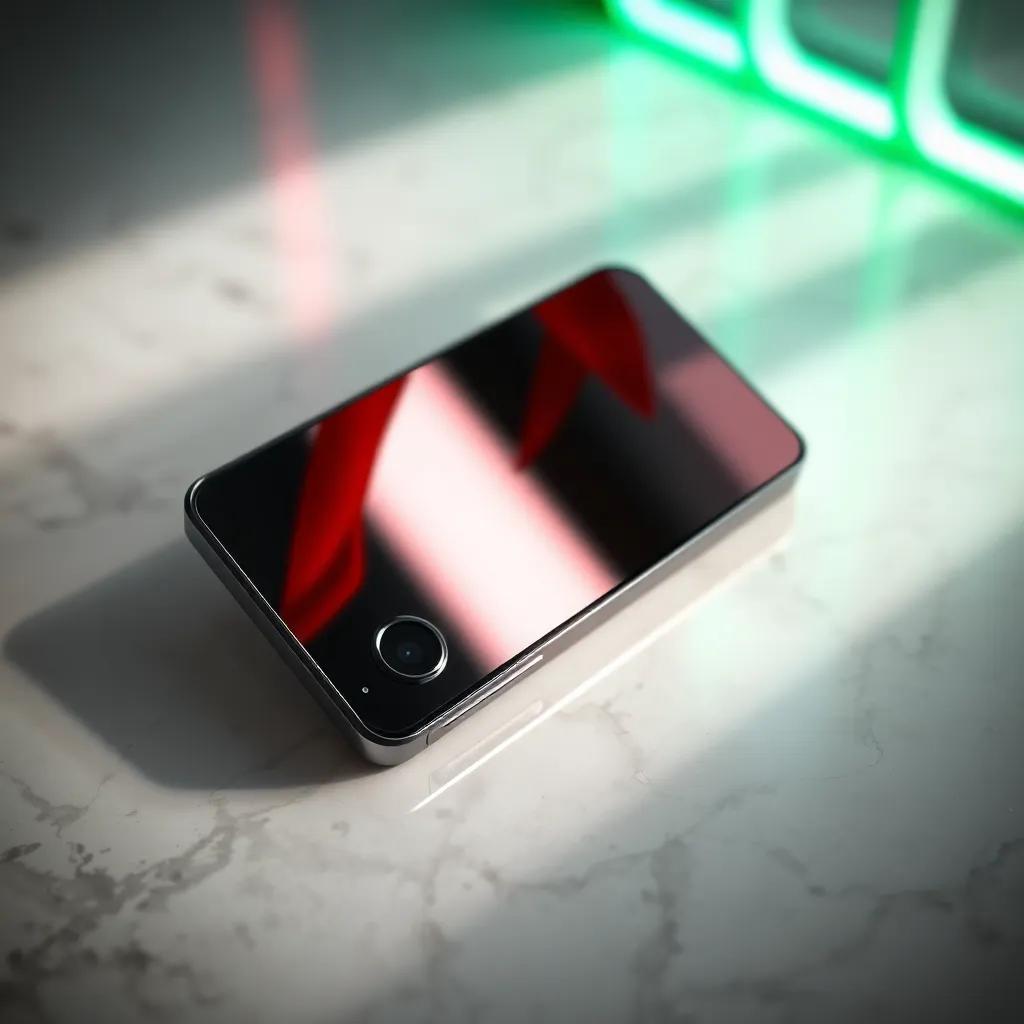
In a world where technology evolves at lightning speed and sustainability shapes consumer choices, buying refurbished products in 2025 has become an appealing yet complex path. It promises considerable savings and a reduced environmental footprint, but navigating the refurbished market requires a keen eye. This article will illuminate the red flags that signal caution and the green lights that highlight trustworthy deals, empowering you to make informed decisions. Whether you’re eyeing a smartphone,laptop,or household gadget,understanding these subtle cues will help you maximize value without compromising quality.
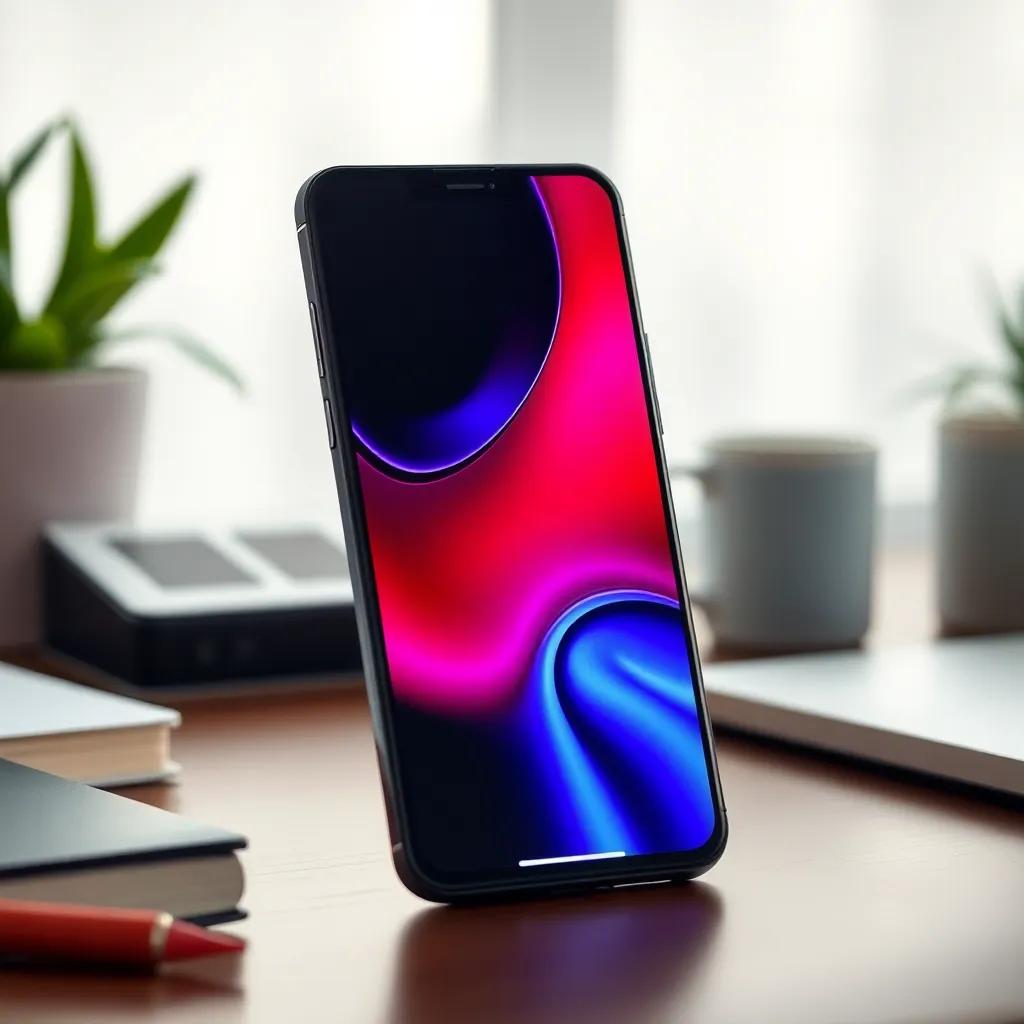
Spotting common Pitfalls Before Purchase
Buying refurbished phones can be a savvy way to save money, but it’s essential to watch out for subtle warning signs that could turn your bargain into a headache. Look beyond the surface for inconsistent wear patterns, mismatched accessories, or unusually low prices that seem too good to be true. Always verify the seller’s reputation and check whether the device has a clear warranty or return policy, which often separates trustworthy sellers from risky offers.
Many buyers overlook critical factors such as battery health, software version, and authenticity of parts—each a potential dealbreaker. To simplify your decision, here are key pitfalls to avoid:
- Devices with unverifiable repair history
- phones lacking original certification or serial number consistency
- Refurbs without full functionality tests, especially cameras and sensors
- Offers missing explicit guarantees on battery capacity or lifespan
| Feature | Safe Threshold | Warning Sign |
|---|---|---|
| Battery Health | 80% or higher | Below 70%, rapid drain |
| Screen Condition | No scratches or dead pixels | Visible cracks, discoloration |
| Software | Latest security updates | Outdated or unsupported versions |
| Warranty | At least 90 days | None or unclear terms |
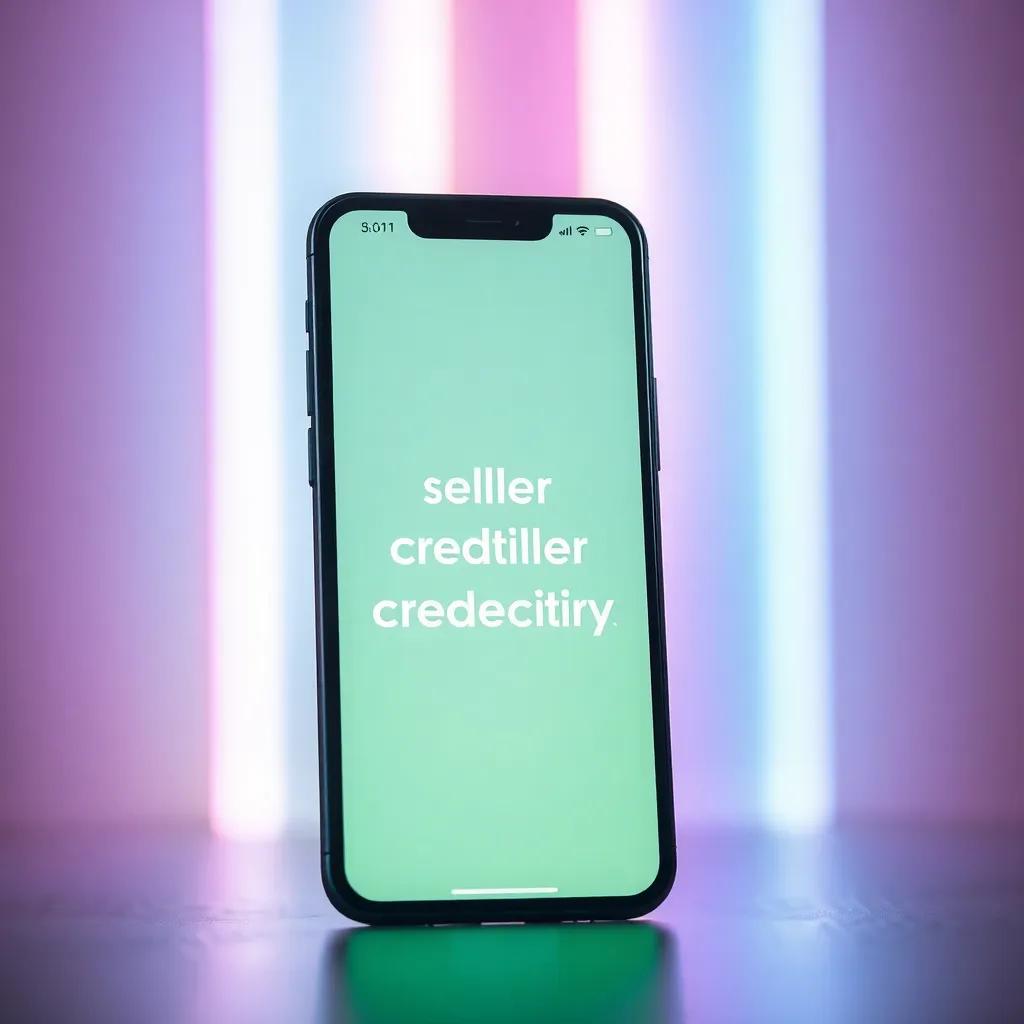
Evaluating Seller Credibility and Trust
When hunting for a reliable refurbished phone, start by scrutinizing the sellerS track record. Opt for vendors with clear return policies and verified customer reviews to avoid common pitfalls. Trusted sellers often provide detailed product notes covering device condition and warranty, essential for peace of mind. Beware of deals that seem too good to be true—they frequently hide defects or unauthorized repairs.
Key seller qualities to watch for include:
- Clear warranty terms and return windows
- Positive feedback from verified buyers
- Certification of refurbishment or inspection reports
- Responsive customer service channels
| Seller Type | Warranty Length | Typical Price Range | Trust Level |
|---|---|---|---|
| Manufacturer Certified | 12 months | £300–£600 | High |
| Authorized Reseller | 6–12 months | £250–£550 | Medium |
| Peer-to-Peer Marketplace | Varies or none | £150–£400 | Low |
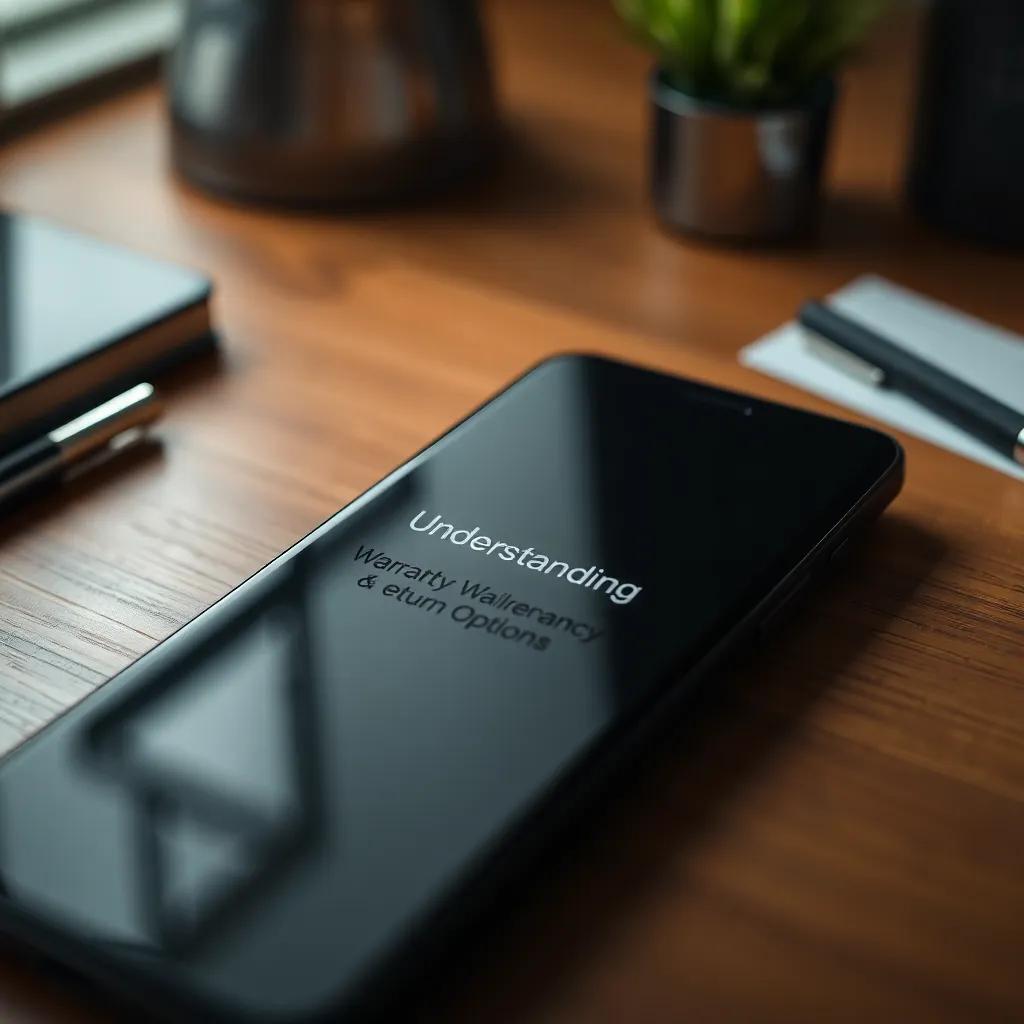
Understanding Warranty and Return Options
when buying refurbished phones, knowing the warranty terms and return policies can save you from costly surprises. Most reputable sellers offer a warranty period that covers defects and malfunctions, typically ranging from 90 days to a year. Pay close attention to what is included; some warranties might exclude battery health or screen durability. Understanding the time frame and coverage details ensures you’re protected if the device doesn’t perform as promised.
Return options vary widely, so always confirm the seller’s window for returns and any restocking fees. Legitimate retailers often provide a risk-free trial period, empowering you to test the device’s functionality fully. here are key factors to check before purchasing:
- Length of warranty and what it covers
- Return period and conditions
- Support responsiveness and repair options
| Seller Type | Warranty Length | Return Window |
|---|---|---|
| Manufacturer Certified | 12 months | 30 Days |
| Third Party Retailer | 3-6 Months | 14-30 Days |
| individual Sellers | Varies or None | Rarely Available |
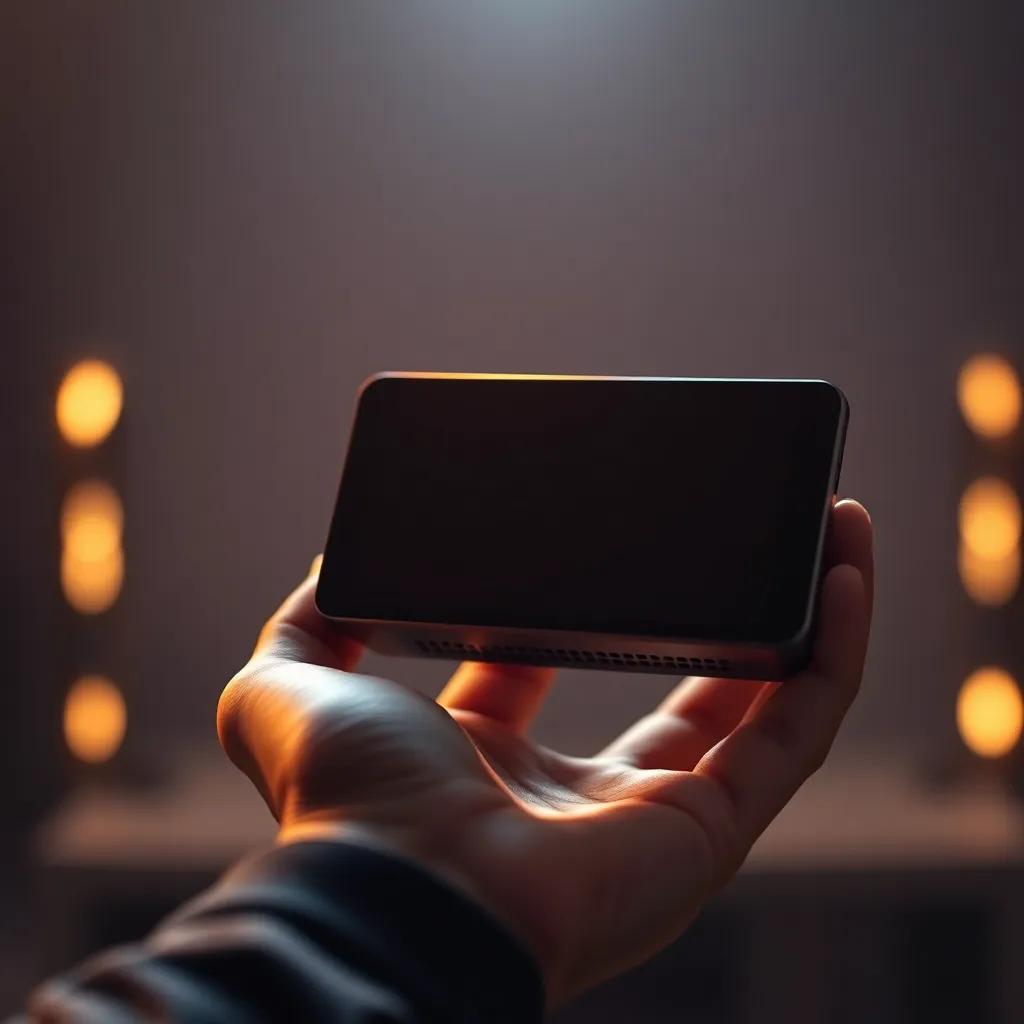
Maximizing Value Through Smart upgrades
Opting for smart upgrades when buying refurbished phones can stretch your budget without compromising on performance. Prioritize models with the latest processor generation and ample RAM, as these components boost longevity and responsiveness. Keep an eye on storage options—upgrading to at least 128GB ensures room for apps and media, while battery health reports can signal hidden value or future costs. Recognizing these upgrade priorities helps you avoid common pitfalls and secure a device that feels almost brand new.
Consider the benefits of certified pre-owned programs or sellers that offer warranty extensions and return windows. These add layers of security, letting you test features without risk. Below is a fast comparison of typical upgrade-worthy specs for refurbished phones in 2025:
| Feature | Minimum Recommended | Smart Upgrade |
|---|---|---|
| Processor | Snapdragon 7 Gen 1 / Apple A15 | Snapdragon 8 Gen 2 / Apple A17 |
| RAM | 6 GB | 8+ GB |
| Storage | 64 GB | 128 GB or higher |
| Battery Health | 85% or more | 90% or more |
- Check CPU and RAM for smoother multitasking
- Upgrade storage to avoid future limitations
- Buy certified refurbished for added peace of mind
Q&A
Q: How can I verify the battery health of a refurbished phone?
A: Check the battery cycle count using diagnostic apps or built-in settings.A battery above 500 cycles may need replacing soon. Always ask if the battery was replaced during refurbishment to ensure longevity and better performance.
Q: Are warranty options standard for refurbished devices in 2025?
A: Warranties vary but most reputable sellers offer 6 to 12 months coverage. Always confirm the warranty period and what it covers, such as hardware faults or screen damage, before purchasing. This protects against hidden defects.Q: What should I look for in the phone’s software status?
A: Ensure the device runs the latest compatible OS with security patches. Avoid phones locked to previous owners or accounts, which can be a major red flag. ask if the phone has been factory reset and updated.
Q: How do refurbished phone prices compare to new models today?
A: Refurbished phones typically cost 30-50% less than new models, offering grate value for slightly older flagship specs. This price gap narrows with brand-new mid-range phones, so check current market prices carefully.
Q: Can refurbished phones support upcoming 5G upgrades?
A: Many 2023-2024 models now include 5G bands, but older refurbished phones might lack full 5G compatibility.Verify the exact model supports your local 5G frequencies, especially if you rely on the fastest networks.
Q: Are there hidden hardware issues to test before buying?
A: Test cameras, microphones, speakers, touchscreen responsiveness, and charging ports thoroughly. Even small defects can indicate poor refurbishing. Request a full diagnostic report if available, and inspect for frame damage or water exposure signs.
Future Outlook
Navigating the refurbished market in 2025 means staying alert to both red flags and green lights—trustworthy certifications, clear return policies, and honest seller reviews are your best allies. By keeping these tips in mind, you can enjoy quality devices without the full price tag. Have you had experiences buying refurbished tech? Share your stories or questions below, and don’t forget to explore our curated phone-deal links to find the best offers today.



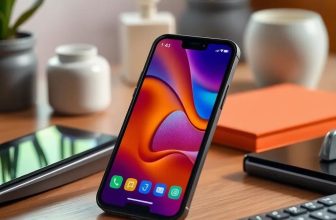

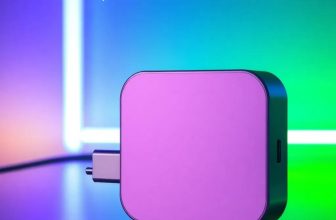
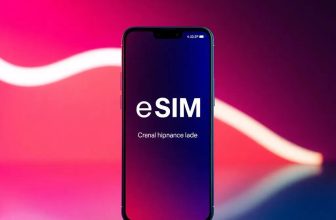
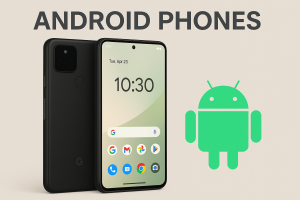
Great insights, especially on what to look out for! I’m definitely more cautious now about buying refurbished items.
Thanks for sharing this! It’s so helpful to know what to prioritize when considering refurbished purchases—definitely worth the investment if done right!
I appreciate the tips on identifying quality refurbished products—it’s reassuring to know there are good options out there if we stay informed!
Absolutely, it’s all about doing your homework and knowing when to take a chance on refurbished—being vigilant can lead to some incredible deals while avoiding potential pitfalls!
Couldn’t agree more with all the previous comments! It’s vital to remain diligent and informed when shopping for refurbished items—those extra steps can make a huge difference in securing a great buy while steering clear of disappointments.
I really value this discussion! It’s crucial to balance the excitement of snagging a deal with the necessary precautions when it comes to refurbished products—knowledge is key to making smart purchasing decisions!
Great insights, everyone! It’s so important to stay sharp and recognize both the benefits and potential drawbacks of refurbished items—being proactive in our research can really enhance our buying experience and lead to fantastic finds!
These conversations are so enlightening! I love how everyone is emphasizing the importance of being informed; we owe it to ourselves to make educated decisions when it comes to refurbished buys, especially in 2025 where technology is evolving rapidly.
Such an important topic! I think one of the most valuable takeaways is to always check warranties and return policies when considering refurbished purchases—having that safety net can give you peace of mind and make the journey much smoother!
Absolutely, Tina Richardson here! I feel like one of the best strategies is to research the seller’s reputation and read customer reviews before making any purchases—trustworthy sources can really help ensure you’re getting a quality product and minimize any risks associated with refurbished items!
Couldn’t agree more, everyone! It’s all about striking that balance between getting a good deal and ensuring quality; I also think it’s wise to ask about the refurbishing process and any upgrades made to the product, as those insights can greatly impact its longevity and performance!
I completely agree with all the points being raised; it’s essential to diligently inspect the device’s condition and ensure it meets your needs—taking the time to clarify warranty details and upgrade options can make all the difference in enjoying your purchase without regrets!
Great insights, everyone! I think it’s crucial to look for transparently communicated certifications and quality checks during the refurbishing process; a credible seller should be able to provide that reassurance, ensuring you get a product that’s not only cost-effective but also reliable for the long haul!
I’m with you all on this! It’s essential to inquire about the specific components that have been refurbished or replaced, and getting a clear understanding of the device’s history can really help you make an informed decision—transparency from the seller is key to feeling confident in your purchase!
I wholeheartedly resonate with all these insights! It’s so important to not only do your homework on the seller but also to understand the warranty conditions and return policies; these steps can really protect you from potential pitfalls and give you peace of mind as you shop for refurbished items.
Absolutely, all great points here! Don’t forget to check for customer reviews and feedback on the seller’s past transactions; learning about others’ experiences can provide valuable context and help identify any potential red flags before you commit to your purchase!
I think it’s vital to also consider the overall return on investment; a good refurbished product can save you money and still deliver great performance, so weigh how much you’re saving against the item’s longevity and potential for upgrades—it’s all about making a smart, informed decision!
I completely agree with all these observations! Additionally, don’t overlook the importance of checking the age of the refurbished product; older models may offer significant savings, but newer devices often come with improved technology and better compatibility for future updates—finding the right balance is essential for a satisfying purchase!
Great thoughts, everyone! I’d also suggest looking into the certification process of the refurbished device; a reliable refurbishing company typically provides a certified warranty that ensures the product has been properly tested and restored to good working condition, which can really help mitigate risks associated with buying refurbished items.